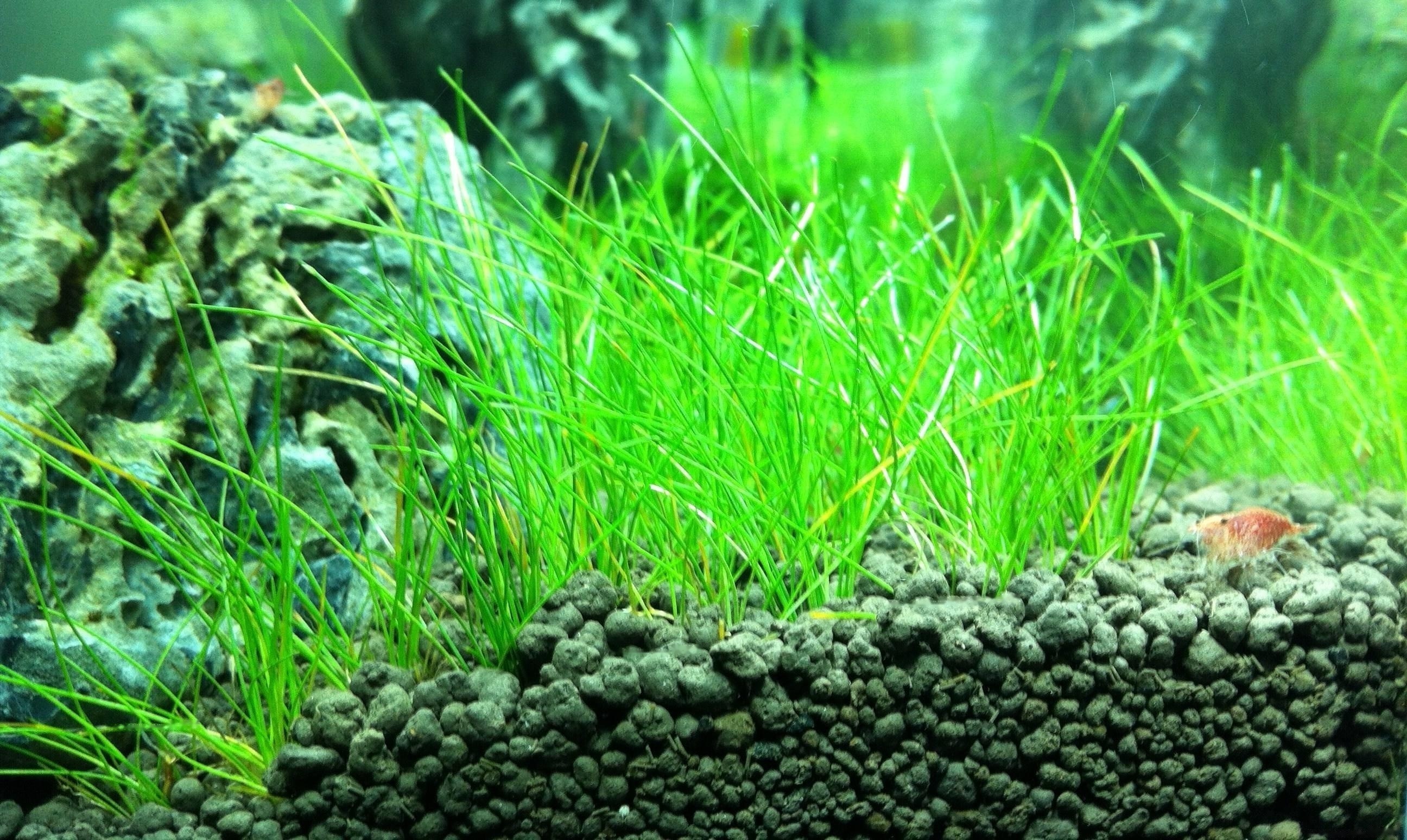
Planting aquatic plants in aquariums not only provides oxygen supply, but also maintains aesthetics. In fact, there are more than these benefits. Today, I will discuss the benefits of planting aquatic plants. Let's go!
1. The benefits of raising aquatic plants in aquariums
1. Supplying fishoxygen
This is the biggest function of aquatic plants. Under light, the plants continuously pump oxygen into the water, and also into the bottom layer, and frankly, no artificial device can perform the same function.
2. Absorption of metabolites
Fish metabolism produces a large amount of organic substances, which are then absorbed by aquatic plants. These substances are mainly compounds of nitrogen and phosphate. If it is lowered, it will cause excessive growth of algae.
3. Fungal activity surface
Bacteria continue to decompose and recombine some compounds. Without these bacteria, it may pose a threat to the aquarium or fish. As such, they require a lot of room to move around, whether on the bed, within the screening program, or even on the aquatic plants.
4. Water quality and environment
In addition to the decorative effect of the aquarium, the lush aquatic plants can decompose the toxic substances and pollutants in the water. , can improve and regulate the water quality in the aquarium.
2. Planting methods of aquatic plants
1. Selection of aquatic plants
Most aquatic plants have soft leaves, such as ike grass, bamboo leaves, water lilies and so on, because their leaf tissue is tender and easily damaged, be careful when packing and carrying. The best way is to put the tropical fish in a plastic bag at the time of purchase, so that the temperature will not be too high or too low to damage the plant body.
2. Before planting aquatic plants
Before planting aquatic plants, the aquatic plants box should be filled with coarse sand (or construction stones), and paved to a thickness of 7-101cm, and then Plant the plants in the aquarium.
3. Planting small steps
When planting aquatic plants, it is necessary to plant the long ones first and then the short ones according to the size of the aquatic plants or in the order of length and short. It won't mess up when you get up. If it is a water plant with stems, remove the part below the root of the water plant from the previous year, and then remove the leaves near the root to prevent it from rotting at the bottom of the bed.
3. Management of aquatic plants culture
1. Sufficient light
After plants are planted in the tank, management should be strengthened, and sufficient light should be given every day. The light should be no less than 6 hours. It is better to use fluorescent lamps to illuminate the aquatic plants. All kinds of aquatic plants can grow well, and the leaves will not be burned due to the strong sunlight in summer.
2. Temperature control
Keeping the water temperature around 25℃ is most beneficial to its growth, and heating measures should be taken when the water temperature is low in winter.
3. Density of aquatic plants
The number of plants to be planted should be determined according to the size of the tank. Too many plants will easily squeeze the space and is not conducive to the growth of fish. , should be cleaned up in time.
![[Dog Training 5] The training method of pet dog dining etiquette](/static/img/12192/12192_1.jpg)




